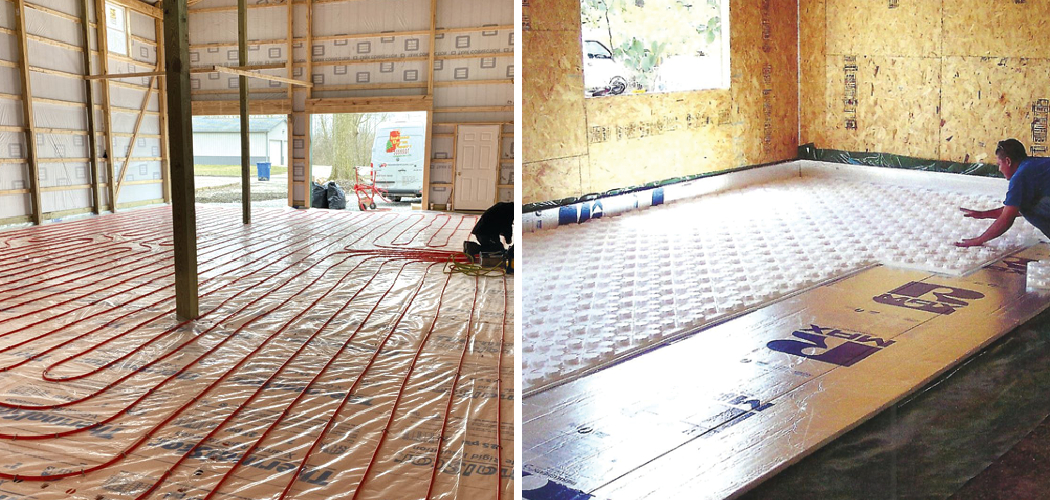Insulating radiant floor heat is crucial for maximizing energy efficiency and maintaining comfortable temperatures in your home. Proper insulation helps prevent heat loss and ensures that the heat generated by the radiant floor system is effectively transferred into the living space.
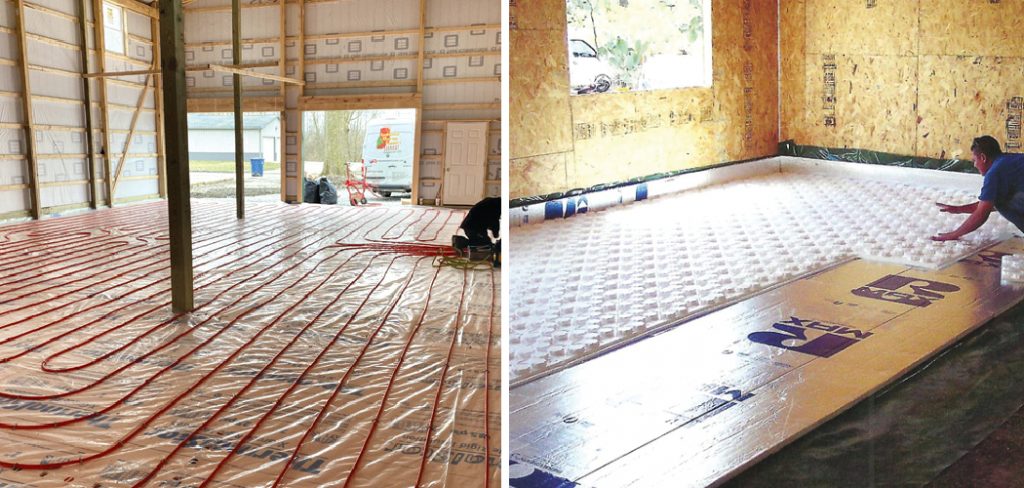
In this article, we will guide you through the process of insulating radiant floor heat, providing you with step-by-step instructions and valuable tips on how to insulate radiant floor heat. From choosing the right insulation materials to installing them correctly, we will cover all the essential aspects to help you achieve optimal thermal efficiency.
Whether you have an existing radiant floor system or you’re planning to install one, understanding how to insulate it properly will contribute to a more energy-efficient home and enhance the overall performance of your heating system. So, let’s dive in and learn how to effectively insulate your radiant floor heat for improved comfort and energy savings.
Importance of Insulating Radiant Floor Heat
Insulating radiant floor heat is essential for ensuring it is as efficient and cost-effective as possible. Radiant floor heating systems are designed to keep your home comfortable by transferring heat through your floors. Without proper insulation, a significant portion of the heat generated will be lost; this leads to higher energy bills, uneven temperatures, and longer wait times for your desired temperature to be reached.
Additionally, without insulation, you risk damaging your floor and other surfaces in the home due to overheating. Therefore, it is important to consider insulating radiant floor heat for all of these reasons.
The insulation helps maintain the desired temperature within the room, reduce noise from pipes and pumps, and help protect against freezing temperatures in winter months. Insulation also helps reduce the risk of fire in the home if installed correctly. The insulation should be thick enough to act as a barrier between the heat source and other combustible materials, such as wood or drywall.
When selecting insulation for your radiant floor heating system, it is important to consider R-values; this is an indication of how well the material resists heat flow.
Different materials may have different R-values, so you will need to choose appropriately based on your specific needs. Additionally, make sure to install a vapor barrier between the insulation and any living spaces; this will help further protect against moisture buildup that can damage both your floors and walls over time.
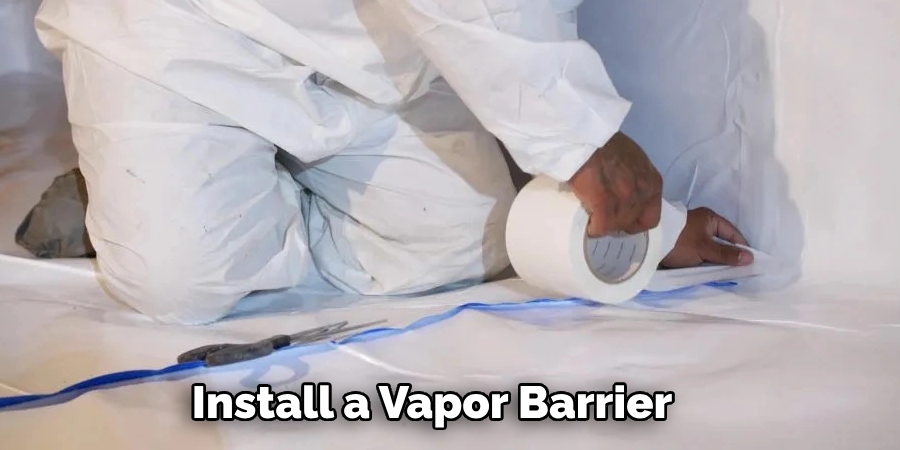
Overview of the Benefits of Proper Insulation
Proper insulation of your radiant floor heating system can provide you with numerous benefits. It ensures that your home does not lose heat and warmth, keeping it comfortable and cozy during the colder months. Insulation also helps to balance out the temperature of the space, allowing for more even heating throughout the house.
Furthermore, with proper insulation, you will see a decrease in energy costs as less energy will be used to keep the home warm. In addition, radiant floor heat is much quieter than other forms of heating systems and does not create drafts like other systems can do.
Lastly, properly insulated radiant floor heating systems are safer for occupants because they evenly distribute heat across each room without hot spots or dry air which can cause discomfort or harm to occupants’ health. With proper insulation, you will be able to reap all of these benefits and more from your radiant floor heat system.
The next step is to decide which type of insulation material is best for your home. Different types of materials come with different levels of energy efficiency and can provide varying degrees of protection against noise, airborne particles, and moisture infiltration.
You should consider factors such as climate zone, the area in which you live, the size and layout of your space, and budget when making this decision. It is also important to consult with a qualified professional who can recommend the right insulation for your needs.
10 Methods How to Insulate Radiant Floor Heat
1. Understanding Radiant Floor Heat:
Before delving into insulation methods, it’s important to understand how radiant floor heat works. Learn about the different types of radiant floor systems, including hydronic (water-based) and electric systems, to gain insights into their insulation requirements.
While both types are designed to heat a space from the ground up, water-based systems typically use tubes filled with hot water and electric systems have cables or mats underneath the flooring.
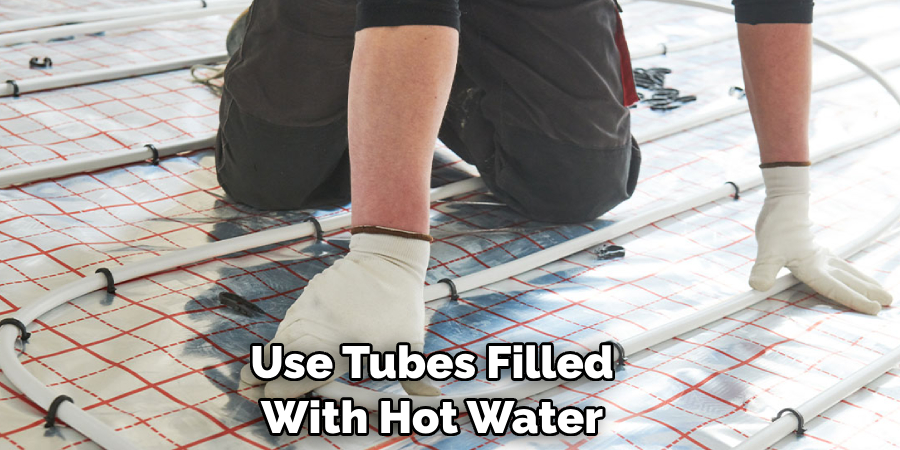
2. Choosing Insulation Materials:
Selecting the right insulation materials is crucial for effective heat retention. Consider factors such as R-value, moisture resistance, and compatibility with radiant floor systems. Common insulation options include foam boards, reflective barriers, spray foam, and fiberglass batts.
When selecting foam board insulation, polystyrene is a popular option. It has an R-value of 4 per inch and provides excellent thermal resistance and moisture resistance. It is lightweight, easy to install, and can be used in conjunction with other insulation materials.
3. Assessing Existing Insulation:
If you have an existing radiant floor system, evaluate the current insulation to determine its condition and effectiveness. Identify areas where additional or replacement insulation may be needed. Check for any air pockets, seams, cracks or other points of leakage where heat may be escaping from the system. While assessing the current insulation, look for any signs of water damage or mold.
4. Insulating Underneath the Floor:
Install insulation underneath the floor to prevent heat loss downward. This can be achieved by placing rigid foam boards or reflective barriers between the subfloor and the floor covering. There are also specialty products designed for this purpose, such as foil-faced insulation mats that can be placed directly over the tubing.
The type and thickness of insulation you need will depend on your climate, the type of floor system, and how much heat you are expecting to lose. Make sure to check local building codes and industry standards for proper insulation selection.
5. Insulating the Perimeter:
Insulate the perimeter of the radiant floor system to minimize heat loss at the edges. Use insulation materials designed for this purpose, such as foam boards or spray foam, and ensure proper sealing and coverage. Be sure to check local codes for specific requirements. Seal any gaps with caulk or expanding foam, and install a vapor barrier as recommended.
6. Vapor Barrier Installation:
Incorporate a vapor barrier to prevent moisture from reaching the insulation and potentially damaging the radiant floor system. Install the vapor barrier according to the manufacturer’s instructions, ensuring it covers the entire insulation layer.
The vapor barrier should be long enough to cover the entire area and have seams sealed with foil tape. Make sure to overlap any seams by at least four inches. A plastic sheet that is 6 mil thick should work for most radiant floor heating systems.
7. Insulating the Piping:
Insulate the pipes within the radiant floor system to minimize heat loss during heat transfer. Use foam pipe insulation sleeves or wraps to encase the pipes and reduce energy wastage. Ensure that the insulation sleeves are sized correctly and securely fitted in place.
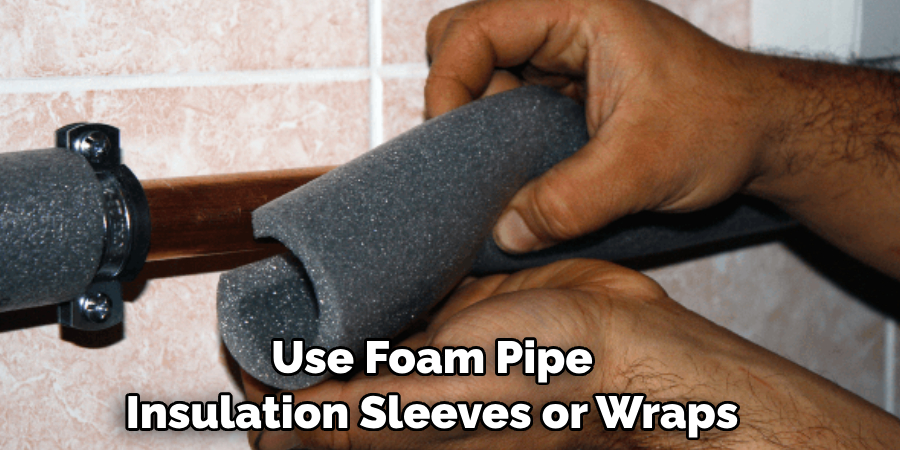
Take extra precautions when insulating metal pipes, as they can become hot and cause burns. While using foam pipe insulation sleeves, use mastic sealant to create an airtight seal between the ends of the sleeve and the pipes. This will further
8. Insulation for Slab-on-Grade Floors:
If you have a slab-on-grade radiant floor system, insulate the slab perimeter to prevent heat loss. Install rigid foam insulation boards around the slab’s perimeter and ensure proper sealing to create a continuous insulation barrier. You can also use flexible insulation boards or blankets to help insulate the entire slab. Make sure that the insulation is thick enough to provide an effective thermal barrier.
9. Properly Sealing Insulation Gaps:
Seal any gaps or air leaks in the insulation layers to maintain the integrity of the insulation system. Use appropriate sealing materials such as caulk or foam sealants to ensure a tight and continuous insulation barrier. Take special care to seal any joints or seams in the insulation. The effectiveness of the insulation will be significantly reduced if there are gaps, air leaks, or other openings that allow warm air to escape.
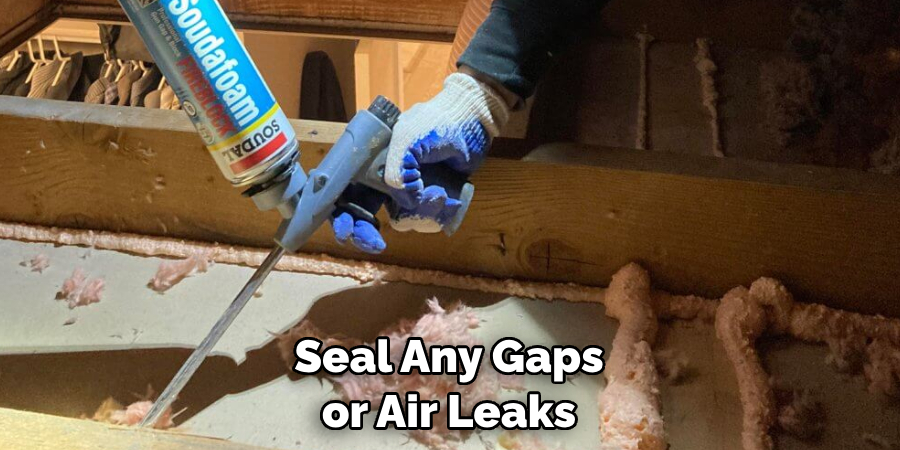
10. Professional Consultation:
If you’re unsure about the insulation process or have complex insulation needs, consider consulting with professionals. They can assess your specific radiant floor system, provide tailored recommendations, and ensure proper insulation installation.
Conclusion
Insulating radiant floor heat properly gives you the peace of mind that your system will be more efficient and therefore, cost-effective. With this in mind, it’s important to take the time to understand all aspects and do research on materials, so you know exactly what type of insulation is best for you.
While there are definitely cost considerations involved, lengthy prep times can be a factor as well. All of these elements should be taken into account when making your decision whether to hire professionals or go out on your own.
Whichever path you choose, keep in mind that insulating your radial flooring correctly will ensure you get the most out of your investment. This brings an end to our discussion on how to insulate radiant floor heat; check online for resources that can make completing this task easier than ever before!
